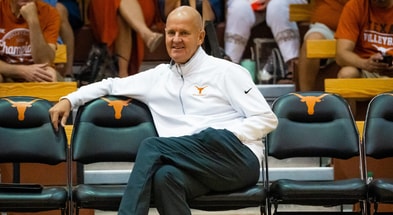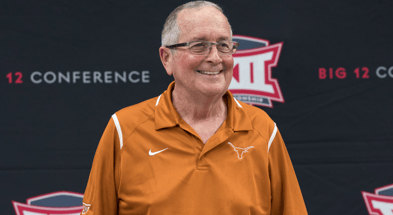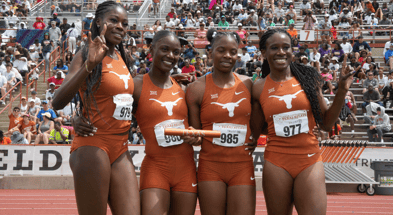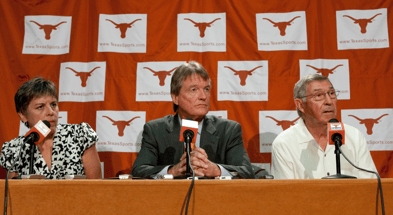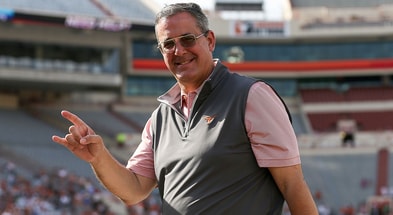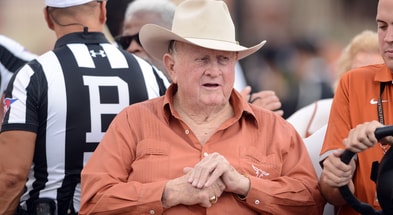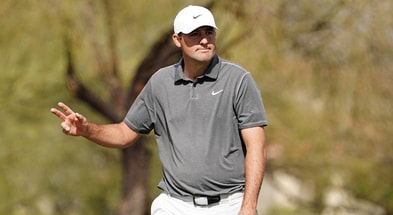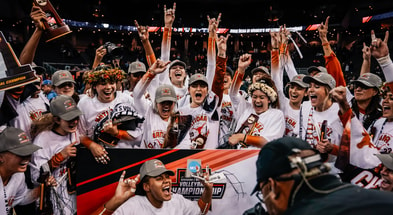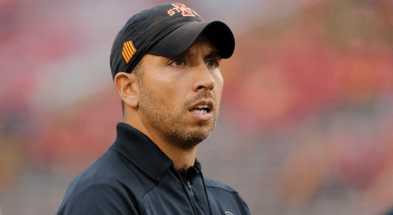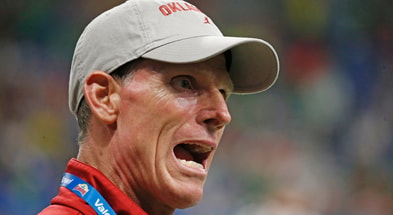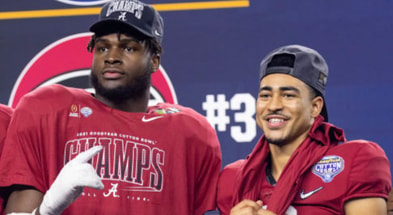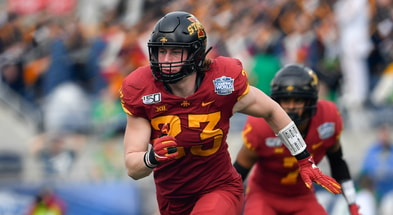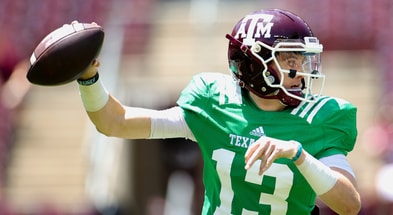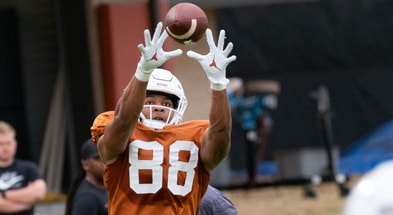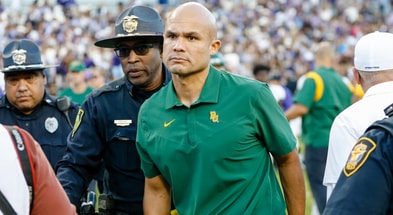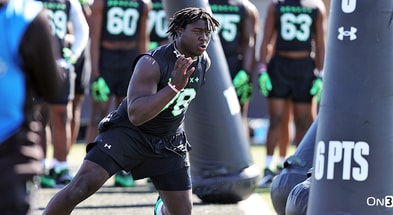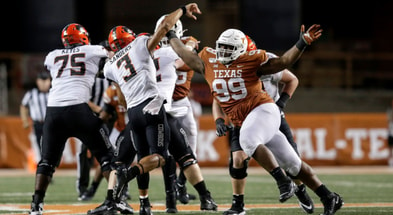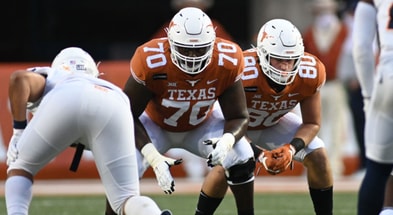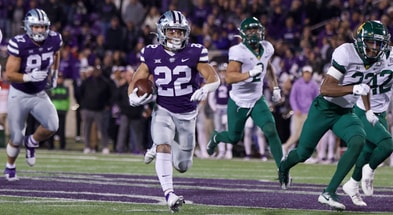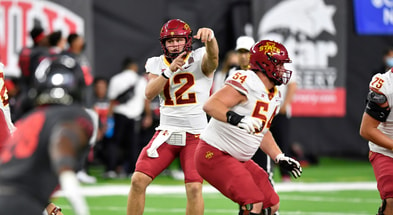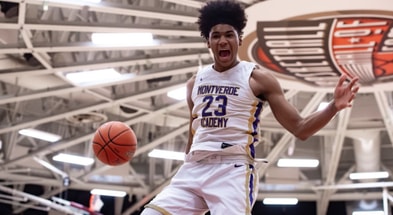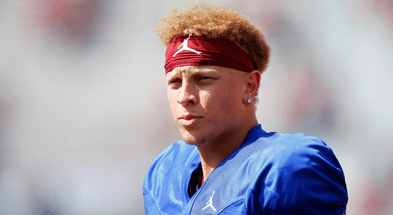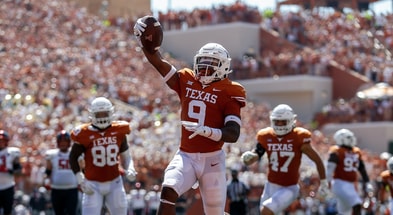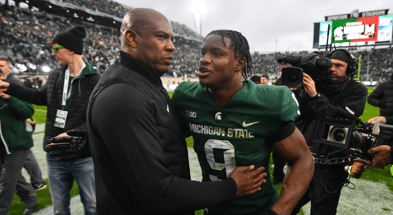The Big 12 is ready to go fast again in 2022
There have been a few obituaries written about Big 12 offense, most of them premature.
For the last few years the league has been dominated more by great defenses than the offenses. There have been a number of adjustments on defense which help explain the phenomenon. Dave Aranda arrived at Baylor and brought a better executed version of the modern zone-blitz scheme. Alex Grinch brought the #SpeedD to Oklahoma and caused problems with his all light heavyweight D-lines and aggressive quarters coverages. Then there was the flyover defense at Iowa State.
The last few Big 12 Championships featured all of these schemes very prominently with defensive teams dictating the flow of games.
However, there have been a few notable components to the equation which have been overlooked…
The Big 12’s offensive slowdown
Consider some of the following factors in the Big 12’s “evolution” to being a defensive league.
- 2015: Baylor fires Art Briles and proceeds to replace him with defensive coaches Matt Rhule followed by Dave Aranda.
- 2017: Oklahoma State signed a class with a single O-lineman (a JUCO at that). Mike Gundy then fires the O-line coach but the program is even still trying to recover from some of the damage it did to their depth at a developmental position.
- 2018: Dana Holgorsen leaves West Virginia for Houston and is replaced by tempo appreciative but quarterback-challenged Neal Brown. Texas Tech fires Kliff Kingsbury, the blessed, and hires Matt Wells. Bill Snyder is basically fired from Kansas State and replaced with Chris Klieman.
That’s five programs who’s capacity for executing HUNH (hurry-up, no-huddle) spread tactics or overall offense were damaged by the loss of their head coach. Do you know what makes defense considerably easier? Not facing HUNH spread offenses which can limit your ability to communicate, call in different defensive schemes, substitute situational packages in, or maintain any disguise or energy for your defensive gameplan.
So while the league was definitely impacted by the addition of better defensive coaches in Oklahoma (both schools), West Virginia, Iowa, Kansas, and central Texas, those coaches also entered a more settled environment. The Wild, Wild West era of the Big 12 wherein coaches would keep chucking the ball around down 31-13 in hopes of winning 56-50 were ending. The Comanche had all been driven off already, the railroad was coming in, and only a few outlaws still roamed unchecked.
But now?
2021: Texas replaces HUNH spread guru Tom Herman, who ironically used the system to more efficiently run the ball, with #AllGasNoBrakes Steve Sarkisian.
2022: Highly effective but increasingly plodding Lincoln Riley leaves Oklahoma and is replaced by Art Briles devotee Jeff Lebby with an ultra-fast tempo. Texas Tech hires Kliff Kingsbury disciple Zach Kittley. Kansas State replaces under center Courtney Messingham with Collin Klein, who then installs a HUNH spread offense. OSU loses defensive coordinator Jim Knowles and takes in three O-line transfers in hopes of rebuilding their aggressive HUNH spread offense with senior quarterback Spencer Sanders. Neal Brown hires Air Raid maestro Graham Harrell to fix their problems with quarterback play. Sonny Dykes brings an updated, Air Raid-influenced offense to TCU to replace Gary Patterson’s run-centric approach.
Even at OSU they remained fast but will likely go faster in 2022 with a stronger offense while Sarkisian added “Go-Go offense” originator Brennan Marion to his Texas staff.
Boy is that a lot of change.
To further illustrate the changes, check out the offensive coaches who were involved in the 2021 Big 12 season or will be involved in the 2022 Big 12 season ranked by their offensive pace in 2021.
| Offensive coordinator | Team | National rank in plays per game | Plays per game |
| Jeff Lebby | Ole Miss | 4th | 80.5 |
| Kasey Dunn | Ok State | 10th | 78.2 |
| Zach Kittley | W. Kentucky | 14th | 77.6 |
| Graham Harrell | USC | 17th | 76.4 |
| Garrett Riley | SMU | 25th | 75.5 |
| Neal Brown | West Virginia | 62nd | 70.6 |
| Steve Sarkisian | Texas | 80th | 68.8 |
| Doug Meacham | TCU | 90th | 67.7 |
| Jeff Grimes | Baylor | 91st | 67.7 |
| Tom Manning | Iowa State | 95th | 67.6 |
| Lincoln Riley | Oklahoma | 107th | 66.8 |
| Sonny Cumbie | Texas Tech | 110th | 66.3 |
| Andy Kotelnicki | Kansas | 124th | 63.5 |
| Courtney Messingham | Kansas State | 130th | 58.1 |
Wow.
All the slowpokes are gone and they’re being replaced by some of the fastest systems within the entire country.
Here’s how the changes look:
- West Virginia: 62nd overall and 70.6 plays per game –> 17th overall and 76.4 plays per game (5.8 ppg faster)
- TCU: 90th overall and 67.7 plays per game –> 25th overall and 75.5 plays per game (7.8 ppg faster)
- Texas Tech: 110th overall and 66.3 plays per game –> 14th overall and 77.6 plays per game (11.3 ppg faster)
- Oklahoma: 107th overall and 66.8 plays per game –> 4th overall and 80.5 plays per game (13.7 ppg faster)
- Kansas State: 130th overall and 58.1 plays per game –> ???
These hires are going to lead to a massive sea change across the entire league.
Why slow? Why fast?
I believe the principle reason for the Big 12’s offensive slowdown over the last few years, culminating in turtle-paced 2021, was a matter of new head coaches playing to their strengths.
Matt Campbell, Matt Rhule, Dave Aranda, Neal Brown, Steve Sarkisian, and Lincoln Riley are all good football coaches but none of them are necessarily looking to win with tempo. It’s not integral to their philosophy like it was for Art Briles or has been for Mike Gundy or Tom Herman.
What’s more, if any of them were locked in a tight battle in recent years they were going to grind things down, protect their defense, and try to win a low-scoring game with field position and timely drives. Dave Aranda truly covered up on the ropes against Oklahoma State last year in the Big 12 Championship Game and dared the Cowboys to convert red zone trips. He preferred to lean on his D-line to win a game than his quarterback and he was right to do so (especially with his quarterbacks dinged up). Even Lincoln Riley put more trust in his defense and relied on precise play-calling and some methodical drives to win close games.
But that’s not how the game is played by guys like Zach Kittley or Graham Harrell and it’s not how the game is played by Texas high schools. They all prefer the Wild, Wild West scenario.
You load up your best players on offense and you let them try to win the game. You don’t trust your defense to make the crucial difference, you don’t try to keep the game low-scoring and play for field position, you don’t trust yourself to score enough in a few possessions. No, you play offensively and try to give yourself every chance to land knockout punches. The best way to do that? HUNH spread tactics wherein you go fast, wear down defenses, give your play-caller and quarterback lots of looks at the defensive disguises and blitzes, and create as many chances as possible for your best players to get the ball in space.
This is always the more natural direction for the league to go in. Why? Because offense dictates the flow of a play to a large extent (although the flyover has helped flip the script some) so it’s hard to control games with defense. Additionally and more importantly, because the Texas high schools feeding these schools tend to lean on aggressive offense with their best athletes playing quarterback, running back, and increasingly wide receiver. Even if a Big 12 school wants the best players on the field to be their own defenders, those talents are hard to come by.
So Ricky Bobby is back in charge and we’re going fast again.
In my next column we’ll talk about what this means for Big 12 defenses in 2022.
What will it mean for the Big 12 to embrace hurry up tempo again? Discuss for free on the Flyover Football board!
